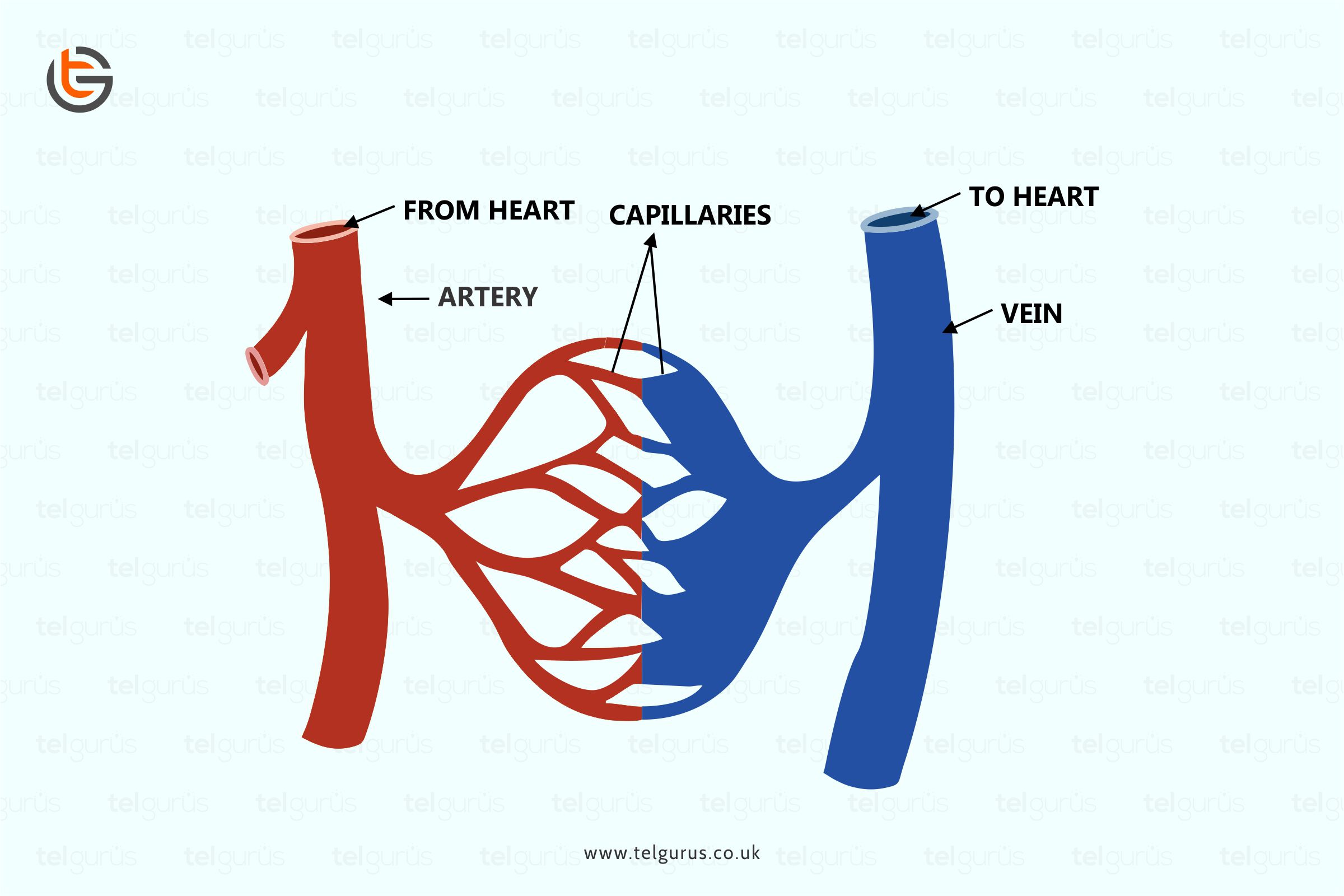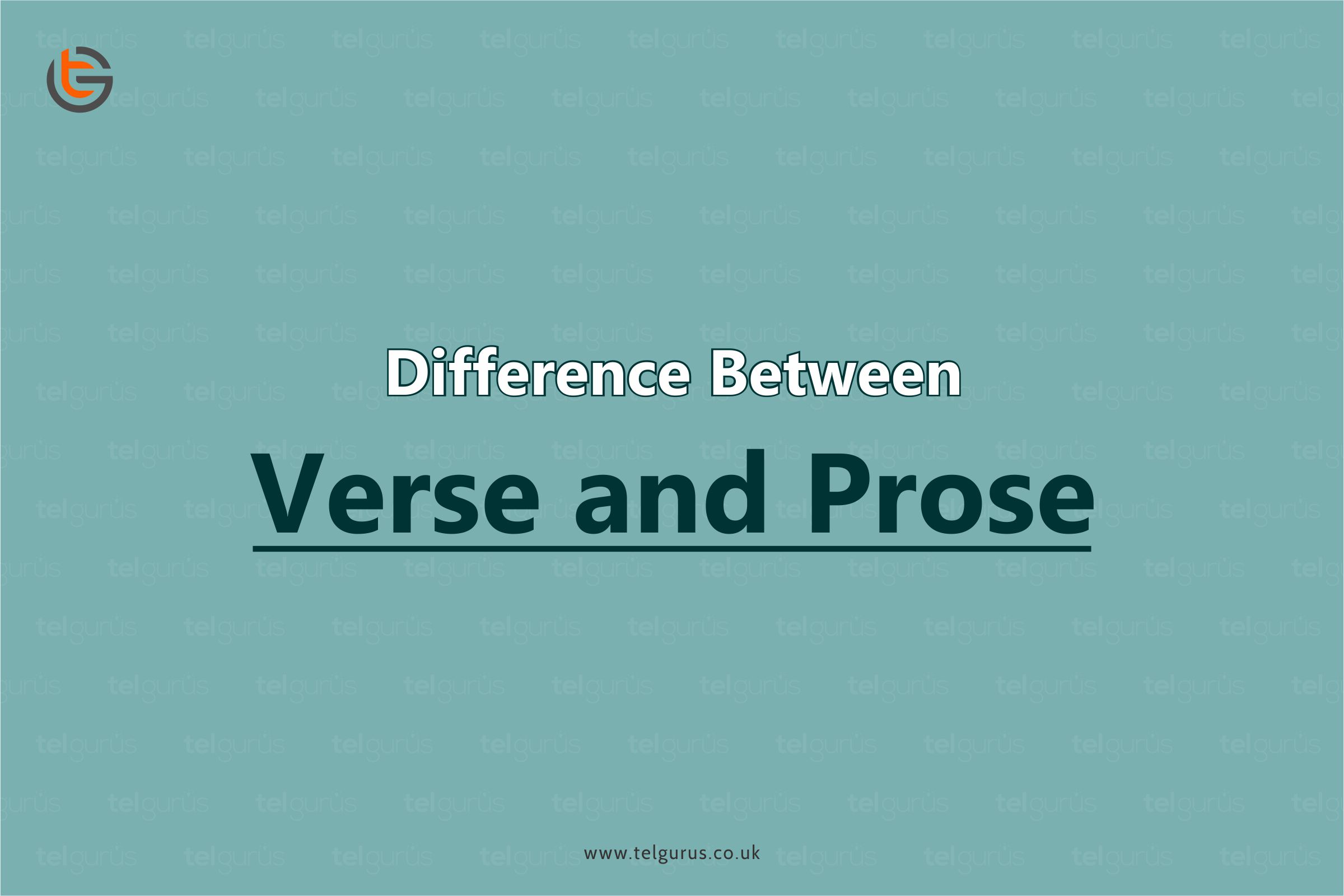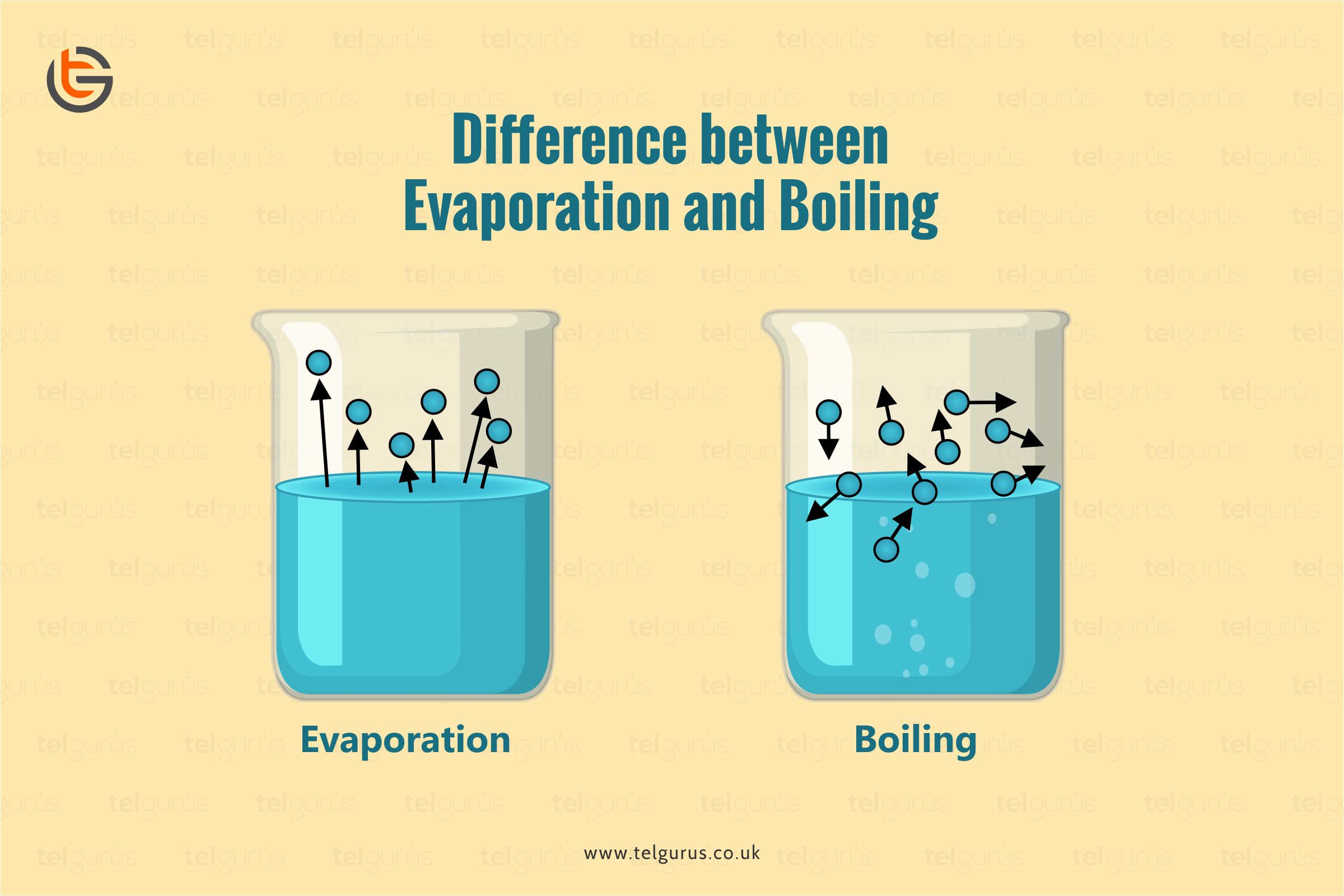Enrich your knowledge with our informative blogs
What is the difference between arteries, veins, and capillaries?

A human body is a complex structure and blood flow is the primary aspect of a human body. Without the blood flow, there can be no human body as blood flow is necessary. Whether it be a human or an animal, blood flow is essential.
Veins, arteries, and capillaries are the three types of blood vessels and their major difference is marked by the roles they generally play in the circulation.
Taking the systemic circulation as a base example, let us understand the difference between all three terms.
Arteries
Arteries are the blood vessels that carry oxygenated blood to the tissues. An artery is basically a muscular tube that comprises three layers.
Arteries take the blood away from the heart. This refers to the oxygenated blood in the systemic circulation. So, arteries have to deal with a high pressure’s big pump that the heart generates with each beat.
Therefore, arteries need to have
- Ample of elastic tissues to spring back to their original shape
- Thick muscular walls
- A thin lumen to keep pressure high enough to reach the tissues.
Capillaries
Capillaries are the tiniest blood vessels that serve as an association between the veins and arteries. The materials are generally exchanged between tissues and blood through capillaries. Its size generally ranges from 5 to 10 micrometers.
Capillaries have a cell wall that is known as endothelial walls that supports blood circulation.
The exchange of nutrients, water, and gases among the tissues and organs takes place in capillaries.
Continuing with the base example, from the arteries, the blood flows into the capillaries.
Capillaries are where the blood deposits oxygen into the tissues so that they can breathe. So in case, you think about how des the gas transport functions, they are required to have:
- One cell thick and very thin walls
- Requires a lot of capillaries to supply the tissues appropriately
- Low pressure as the blood has spread from arteries to several capillaries.
Veins
Veins are the blood vessels that support blood circulation to the heart. It transports the oxygen and nutrients in the body. Also, water is provided to the cell through veins and veins carry back the deoxygenated blood from the several organs back to the heart.
Ultimately the deoxygenated blood flows into the veins to start its journey back to the heart.
As we know that capillaries comprise low blood pressure to pass to the veins so that the veins do not require thick walls just like arteries. But devoid of the high pressures to keep the blood moving, they require a way to keep the blood moving in the correct direction.
So the veins have
- Thin walls
- Large Lumen
- Valves to stop the blood from going backward
Understanding the differences between Arteries, Capillaries, and Veins
| Parameters | Arteries | Veins | Capillaries |
| Walls | Arteries have thick walls | Veins have thin walls | Capillaries have very thin walls |
| Function | This carries blood from the heart to different body parts | This carries blood from different body parts to the heart. | These blood vessels connect veins and arteries. |
| Valves inclusion | They do not have valves | They have valves and also prevents the blood backflow | They do not have valves |
| Blood carry function | All the arteries carry oxygenated blood except the pulmonary artery | All the veins carry deoxygenated blood except the pulmonary vein | Since capillaries connect veins and arteries, it comprises of both deoxygenated and oxygenated blood. |
| Types | There are three significant types of arteries namely arterioles, elastic arteries, and muscular arteries | There are three types of veins namely, pulmonary veins, superficial veins, and deep veins | There are three kinds of capillaries namely sinusoid capillaries, fenestrated capillaries, and continuous capillaries. |
|
Layers |
The outermost coat of arteries is thin whereas its middle layer is thick. | The outer layer of veins is thick while its middle layer is thin | There are no middle or outer layers in capillaries. |
| Total number | There are 27 major arteries in the human body | These stretch over 60000 to 100000 miles in a human body | There are 10 billion capillaries in a human body |
| Lumen size | The lumen of the artery is small | The lumen of veins is large | The lumen of capillaries is small. |
| Semi-lunar valves | There are no semilunar valves | Semilunar valves are present here | There are no semilunar valves |
| Blood pressure | The blood pressure is high in arteries | The blood pressure is low in the veins | The blood pressure is falling in capillaries |
| Blood flow | The blood flow here is rapid | The blood flow here is slow | The blood flow here is slow |
Bottom Line!
We hope that this answer introduced you to significant differences between veins, arteries, and capillaries. These all are generally responsible for carrying blood circulation in a human body and ensures that the blood reaches every organ in the body.
Read More – Biology Questions
View More – Useful links for Your Child’s Development

Visualize the in-depth understanding of the natural world!
Biology would sound more interesting when your curiosity levels are satisfied with better visuals & logical explanations.
Categories
Recent Posts
- List of the qualities you should look for in your tutors?
- What is the most useful formulas in math?
- Describe the process of eating to defecation of food?
- Difference between the natural and artificial active response by the immunology system.
- Explain the different circle theorems
- How are nerve cells adapted to their function?










